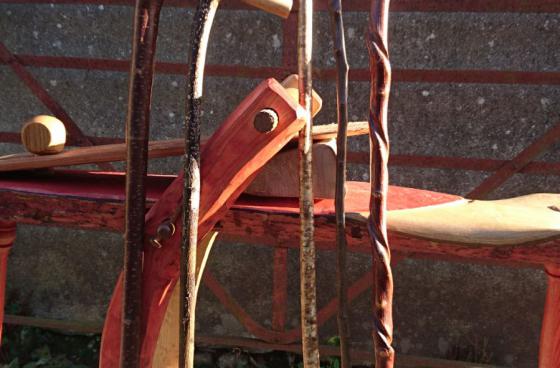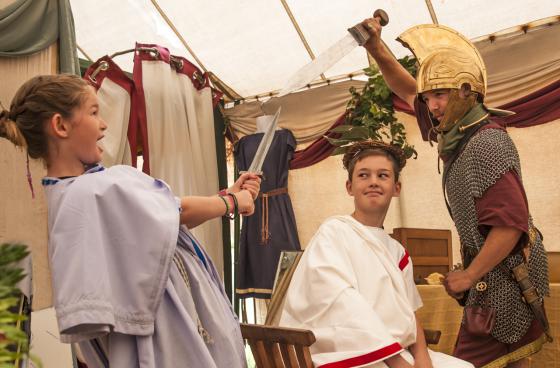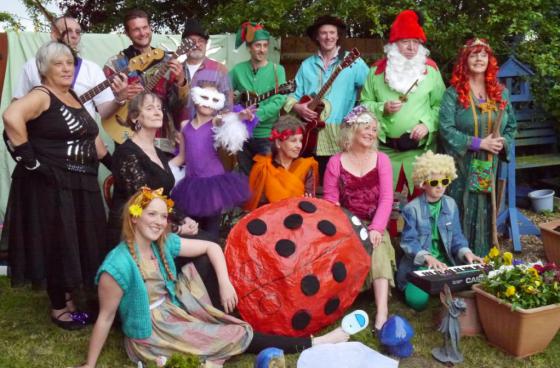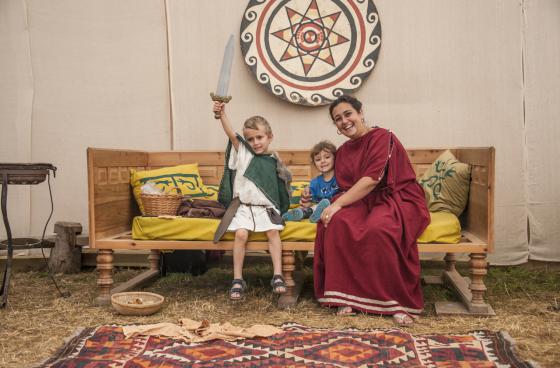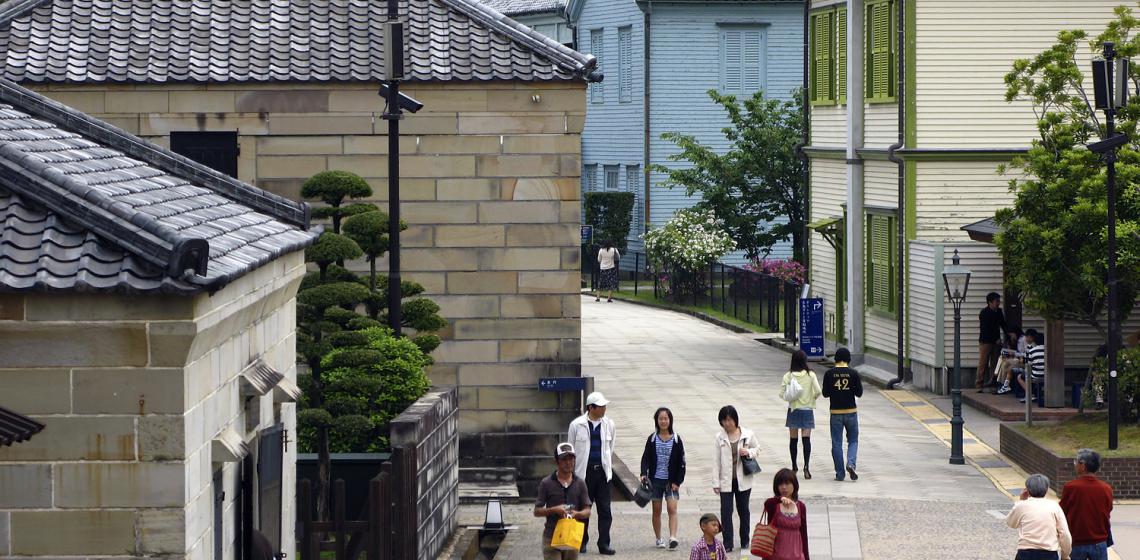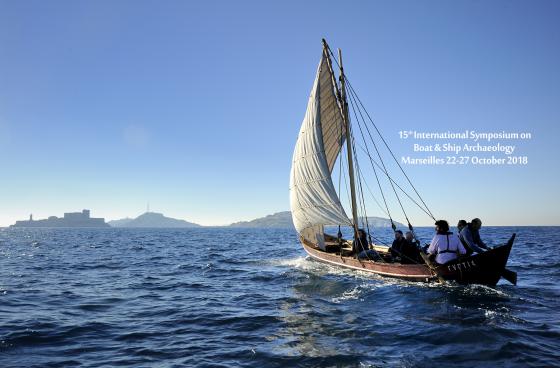Newest Era
Walking Stick Making with Eoin Donnely
Wittle your own walking stick and learn how to steam bend a crooked walking stick.
ALL COURSES ARE SUBJECT TO CHANGE- MINIMUM NUMBERS APPLY
This course will be repeated on 28 July.
Festival of Archaeology: Life in the Past
As part of the Festival of Archaeology held each year by the Council for British Archaeology, we have a range of archaeological and outdoor activities for all the family to take part in. Learn how our ancestors lived with a range of hands-on activities.
Fairy Festival
Join us in the roundhouse enclosure from 2pm to celebrate all things fairy! Dressing up is encouraged and little fairies (and elves, imps or other mythical creatures) can enjoy creating a magic wand to take home, make a head wreath, and have beautiful face paints ready for an audience with the fairy queen where they can make a wish.
Mothers’ Day: Afternoon Tea in the Roundhouse
Sunday 11 March (2pm – 4pm)
£12.50 per head
Step back in time at Butser Ancient Farm for a magical afternoon this Mothers’ Day. Visit our prehistoric houses and enjoy the warmth of the crackling fire, while the surrounding landscape begins to wake up for spring.
Dejima (JP)
Dejima is an artificial island constructed by Nagasaki merchants until 1636 under Japan's feudal government (Tokugawa government) to continue the trade with the West while banning Christianity.
Lara Comis MA cand. PhD
The first time Lara got in contact with experimental archaeology was in 1995. As an ERASMUS student at the University of Edinburgh, she attended Nicholas Dixon’s Underwater Archaeology and contributed in building one of the wattle walls of the Scottish Crannog Centre.
May Tree Festival
By tradition in the last holidays of May in the medieval city of Svargas there passes a holiday with the May Tree, the approach of summer on our northern coast. The May Tree which is the Life symbol this day will blossom with multi-colored tapes and will begin to whirl all in a surprising dance.
Batavialand Heritage Park of the Low Lands (NL)
Batavialand is both an indoor museum and a historical shipyard. Here you can see how ships are built and conserved, visit the reconstruction of the 17th century VOC ship the Batavia and find out more about the Dutch role in water management worldwide. There is special attention for the province Flevoland (which includes 450 shipwrecks) and the Zuiderzeeproject.
Batavialand is both an indoor museum and a historical shipyard. Here you can see how ships are built and conserved, visit the reconstruction of the 17th century VOC ship the Batavia and find out more about the Dutch role in water management worldwide...
ISBSA 15 - International Symposium on Boat & Ship Archaeology
The purpose of ISBSA is to bring together all those involved in the study of the form, structure, function, and operational performance of ancient boats. The first symposium examined the methodological problems of studying boat remains. Many of the topics addressed at that initial meeting, such as experimental archaeology and ethnography.

